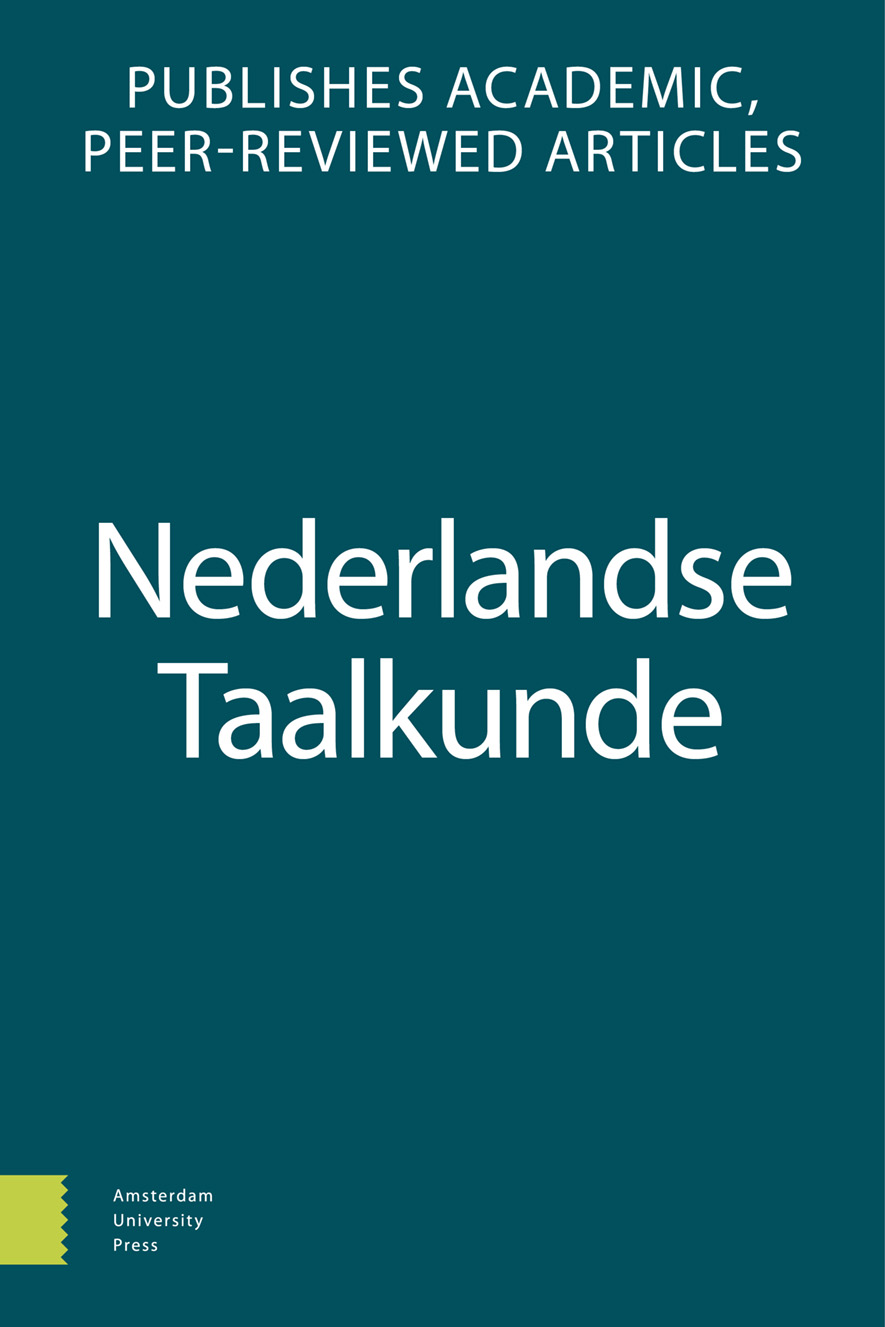-
oa De fonologie van het Nederlands in Taalportaal
- Amsterdam University Press
- Source: Nederlandse Taalkunde, Volume 23, Issue 2, Dec 2018, p. 129 - 140
-
- 01 Dec 2018
Abstract
In this paper we review the phonological component of Dutch in Taalportaal, a website discussing the language systems of Dutch, Frisian and Afrikaans. We examine the website from the perspective of language variation, with special attention to (varieties of) Belgian Dutch. The discussion on Dutch phonology is comprehensive, including segmental as well as suprasegmental topics. Language variation is certainly not ignored, but seems to be dealt with in a rather ad hoc way. This is linked to the fact that Taalportaal takes ‘the Dutch standard variety as it functions in the Netherlands’ as its starting point, rather than giving equal attention to the three national language varieties, being Dutch Dutch, Belgian Dutch and Surinamese Dutch. In three case studies – on diphthongs, voice assimilation and vowel reduction – we show that there are interesting differences between Dutch and Belgian Dutch varieties which are not yet discussed on the website. We therefore plead for the addition of a critical reflection on the position of language variation in Taalportaal (and on the question which variation to include or to leave aside), and for taking the pluricentric character of Dutch as a starting point.


